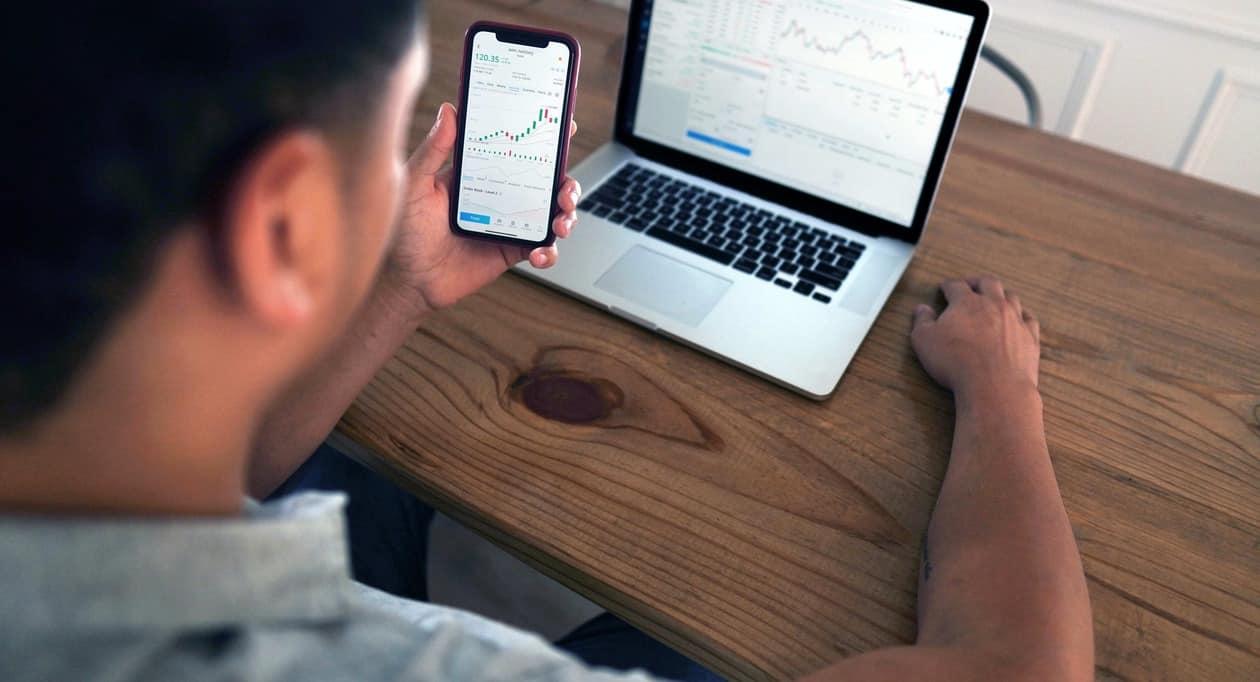As Ukraine crisis looms large, financial markets are now rattled and demand for safe haven assets has spiked. Small investors contemplate if this is the right time to reallocate their portfolio to align with the changing market realities.
To hedge your long-term portfolio against geopolitical tensions such as ongoing Ukraine crisis, one can allocate some part of funds to debt instruments and safe assets such as gold and silver.
And the good news is that the banks have recently raised their fixed deposit interest rates. Most big commercial banks such as SBI, HDFC, UCO and Central Bank raised interest rates on their fixed deposits lately.
Aside from this, gold prices have also been rising in cohesion with the Ukraine crisis.
Gold prices spiked on Tuesday to hit a nine-month high. Gold futures on MCX were trading higher by 0.76 per cent or ₹382 at ₹50,460 per 10 grams. Silver futures were trading gained 1.02 per cent or ₹638 at ₹65,153 per kg. So, one can allocate some part of funds to gold to take part in the rally of precious metals.
Conservative approach
Financial advisors suggest that to factor in such colossal crisis, the investors could have some part of portfolio allocated to the dynamic funds wherein the asset-debt ratio is tweaked according to ever-volatile market movements. “It is advisable to have two separate buckets in portfolio – one long term and the second in hybrid funds such as Balanced Advantage Funds which invest in a mix of debt and equity. So, depending on the market movement, they pull the trigger and tweak their debt-equity ratio,” says Amol Joshi, Founder of Plan Rupee Investment Services.
About embracing a conservative approach, Mr Joshi says, “One should have a goal-oriented financial philosophy. This means after an investor manages to attain the target of, say, 12 percent CAGR, he can then shift a part of funds from equity to debt. This portion can be minor or major.”
Change in allocation
In fact, some mutual funds have also started to change the allocation from risky to safer assets in view of the market volatility. It is a common knowledge that large caps funds, while offering small returns, are relatively safer. In view of this, PGIM’s flexi cap fund has tweaked its allocation in favour of large cap stocks.
Aniruddha Naha, Head of Equity, PGIM India Mutual Fund, admits that the next few months are not good for financial markets. He says that rising oil prices and the Covid situation have already had negative impact on markets. And now, geopolitical risks like the Russia-Ukraine situation will keep the world markets on edge. “In such a situation, it will be a challenging six months to deliver positive returns. Being aware of the risks, we have made strategic changes to our portfolios,” says Naha.
“In PGIM India flexi cap fund, we have increased the large cap position from 44 percent to 58 percent in the October to December quarter. We have also reduced positions in discretionary consumption and increased some consumer staples names in the Flexi Cap, as lower income and job losses will have an impact on discretionary consumption,” he further adds.
As we can see that it is vital to reallocate the portfolio to factor in market movements. The unfolding of Ukraine crisis is of such large magnitude that none of us can afford to sweep under the carpet. So, wake up and smell the coffee!
